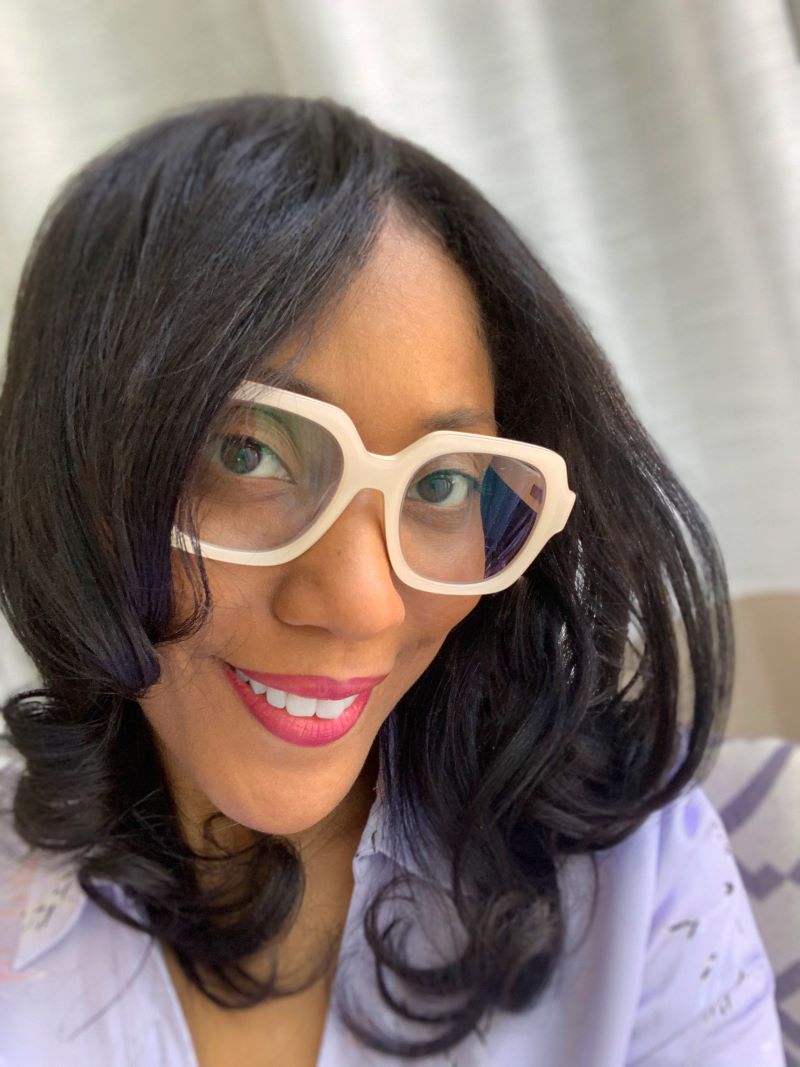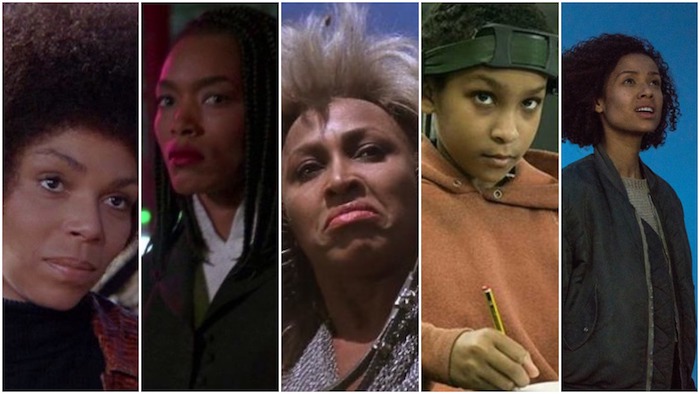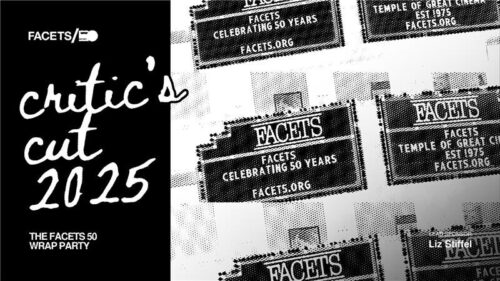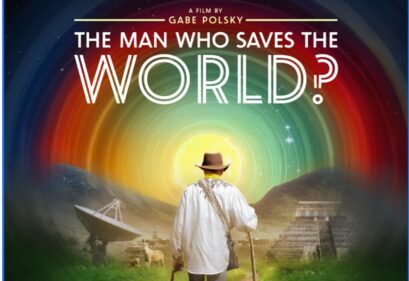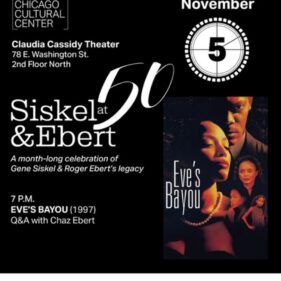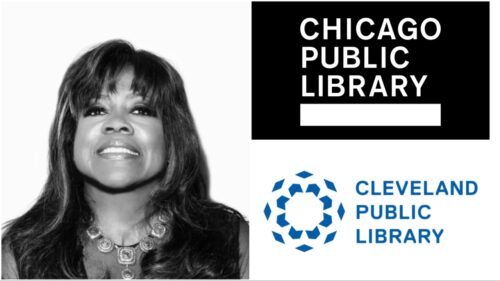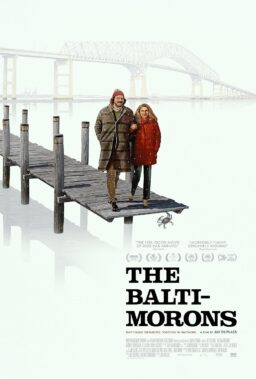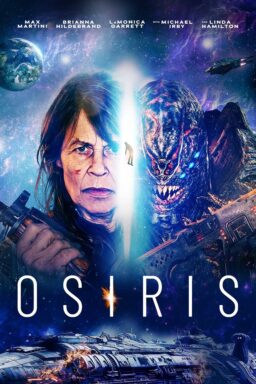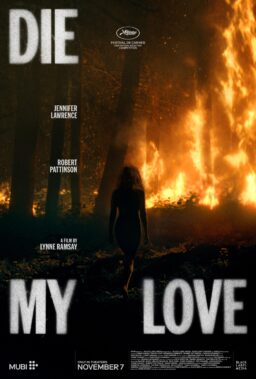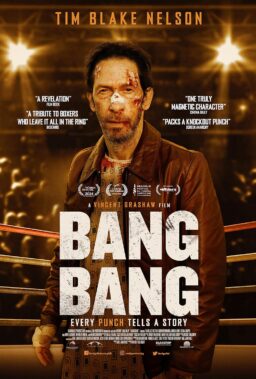Two years ago the apocalypse stopped being a fun day at the movies. That’s when the prospect of the end of the world became very real to me. It doesn’t help that I’m half-American and half-British, which means my emotional well-being landed on the hard ground between Brexit and that F-word we refuse to say out loud [see: attempted authoritarian regime].
All of this discontent made me wonder if I, a black woman, might actually survive the apocalypse. Also, how? There are three places we might find some insight: my freakishly vast imagination (you do not want to go there, you shall not return), the internet (you’re already here and you shall not return), or the movies. If life truly does imitate art then dystopian sci-fi is a good place to check for an answer. That answer is an affirmative head nod. Black women not only survive but often take lead during post-apocalyptic films. But at what price? Much like the history of black women in speculative fiction: It’s complicated.

We made it. We survived. Now brace yourselves.
“This is a huge part of my life. [‘Star Trek’] is a huge part of my life because as a kid who loved science fiction, it wasn’t until Lieutenant Uhura that I realized I was in the future.”
–Whoopi Goldberg tells Neil deGrasse Tyson why she had to do “Star Trek.”
Being a naive and slightly vain person, I thought I could skip through a breakdown of black female leads in speculative films and why they’re needed. Not possible. As I traveled back to the late ’60s, I realized that, throughout a fairly barren landscape, there is one sub-genre that black women have continued to major in since Lieutenant Uhura’s debut on “Star Trek: The Original Series.” We’re rarely the final girl in horror films, and we don’t often get to be the lead scientist, but when it comes to any sort of apocalypse—alien, zombie, vampire, dystopian, interstellar, natural disaster, ineptitude, the aftermath of the rapture—black women are there leading everyone to safety while chopping [all the bad things] into bite-sized chunks.
It starts with “The Omega Man” (1971), one of three adaptations of the novel I Am Legend by Richard Matheson. The movie has problems—the blacrafice, the chauvinism—but focus on the impact of the heroine. In “The Omega Man,” we get Rosalind Cash as the 360-degree female lead, Lisa. Lisa is the leader of a small group of survivors, mostly children, who’ve been forced to hide from The Family, a religious cult of photosensitive mutants … because of biological warfare with Russia and China. Lisa and her group also have to watch out for the movie’s hero, Charlton Heston. He “shoots at everything that moves.”
Despite the low points of eventually becoming a damsel, and the death of her brother serving as fuel for her hero, Lisa is what we currently demand in a leading lady. She has agency, wit, ingenuity, compassion. She receives the honest love of the hero and she’s cold-blooded too. In one scene, she forces her leading man onto a motorcycle at gunpoint—making him her getaway driver. This can’t be mainstream Hollywood in the early ’70s but it is and Lisa is unapologetically black. You can tell by her perfect afro, her headwrap, the black power fist she metaphorically holds high, and the fact she’s a Harlem girl. Here’s the part you’d never expect, Lisa survives.
I’m still stunned. Lisa’s power as a woman and as a person of color probably didn’t go over well with certain factions of the population. Going from then to now, the internet trolls would’ve fully armed their bots. It wouldn’t have mattered. An irreversible change had taken place. Rosalind Cash became the first in a lineage of black women as leaders and lovers after society falls.

The Lisa Paradigm
“There’s such beauty and pride in the survival.”
–Beverly Jenkins, romance author/historian
Hollywood is an infinite loop of archetypes. Heroes with a thousand faces and dark nights of the soul still rule speculative storytelling. They’re remixed over and over with the reluctant hero, the damsel in distress, young outsiders, quirky sidekicks, and all the archetypes you’re reciting with me right now. If the filmmakers behind “The Omega Man” hadn’t chosen Uhura as their inspiration for Lisa (who isn’t in the book), or if they hadn’t been blessed with Rosalind Cash, who I’m sure reshaped her role, the words you’re reading would be a lot more grim.
True to the genre and the spirit of surviving, Lisa has been replicated in multiple characters throughout time. Let’s call them Lisa’s Brood in honor of Octavia E. Butler, the science fiction legend who wrote dystopian visions featuring black women as heroes. Lisa’s Brood shares filmic DNA we can trace back: black, mother figure, eventual lover, who has all the answers, and a touch of Mary Sue. Lisa’s Brood mostly falls in love with the white male lead; while they mostly exist in the absence of, in wake of the death of, or in opposition to black men. Let’s be clear, the problems are there—but so are the opportunities.
We see Lisa again in 1995, played by Angela Bassett in “Strange Days.” The dystopia is a police state. Her name is Mace. She’s a bodyguard who catches the big bads and is the ultimate object of affection. Lisa shows up again in 2002, when Naomie Harris steps into the spotlight for the zombie apocalypse of “28 Days Later.” This time she’s Selena, an unstoppable force whose practicality is lethal. Where Mace is a mom, Selena becomes the guardian of a teenage girl. They both save the hero early, they both need to be saved later, and they share bloody kisses with their male leads—who have finally risked it all just for them. Lisa, Lisa, Lisa.
If we jump to television there’s the magnificent Michonne (Danai Gurira) in “The Walking Dead,” General Roberta Warren (Kellita Smith) in “Z Nation,” and Naomi Nagata (Dominique Tipper) on “The Expanse.” It goes back to where we started. In every type of apocalypse—unlike in any other speculative genre—black women are the leaders. Or maybe it’s a singular black heroine with a thousand faces.
These actors are incredible. They’re working, and young black femmes get to see themselves as vital parts of the future. I get a jolt of joy when I see one of these characters too, but I am pondering the lows. Lisa’s Brood are portrayed mostly positively, but if you’re imagining chants of “I am not your mule” then you’re beginning to see the cost. When there’s a lack of representation elsewhere, the world is a lot of weight to carry around in your Bug-Out Bag. Fiction or nonfiction, reel affects real.

Birthing a New Tomorrow
“… in mainstream contemporary s/f films and novels, black women characters are usually portrayed as ‘mothers,’ in particular, what I call, ‘heroic mothers.’ [Their] embodiment of the ‘hero myth’… is refracted through stereotypic cinematic images of black motherhood.”
–Carol B. Duncan, Black Women and Motherhood in Contemporary Cinematic Science Fiction
Before we go into the types of characters that Professor Carol B. Duncan calls “heroic mothers,” let’s go off road for a bit and talk about “magical big mamas.” Although they aren’t leading ladies and therefore don’t factor into this filmic genealogy, they are connected. Magical big mamas show us the ways damaging tropes can be mixed with positive imagery to create cliches that are difficult to overcome. In Black-American communities, Big Mamas are the matriarchs among matriarchs, bastions of motherly love for entire families or neighborhoods. However, when this icon is forced to collide with the “magical negro” stereotype the mixed feelings come pouring in. The Oracle (Gloria Foster/Mary Alice) from “The Matrix” Trilogy and Ruby Dee as Mother Abigail in “The Stand” (1994) are “refrigerated” yet they’re comforting because of the foundation they’re built on. It’s screenwriting shorthand—if the apocalypse happens, Big Mama’s house is the first place we’re going to go.
One character who flips the MBM expectation, like it’s a bad-luck card table, is Tina Turner as Aunty Entity in “Mad Max: Beyond Thunderdome.” She comes off as a favorite aunt but utilizes the charming characteristics intrinsic to the omega woman to manipulate her followers. Entity is a delightfully ruthless autocrat and one of the only anti-villains in Lisa’s Brood.
Magical Big Mamas have an impact. If you follow the thread of motherhood, shared by omega woman characters, you realize it isn’t centered on their womanhood but is influenced by older cliches. My definition of “heroic mothers” differs slightly from Professor Duncan’s but their effect on Lisa’s Brood cannot be unseen—especially when the “mother” is literal.
In “Snowpiercer,” motherhood is the inciting incident. Octavia Spencer’s Tanya is a hybrid of heroic mother and omega woman; she ignites a revolt in order to save her son from the machine that imprisons their society, and she dies so he can carry on. “Supernova” may seem out of place but it’s actually the prelude to an interstellar apocalypse. In her efforts to survive the deadly combination of an abusive ex and a horrific alien artifact, Dr. Kaela Evers (Angela Bassett) starts the clock on an world-ending event, then flies back to earth, pregnant with the miraculous daughter who will likely have to save the planet.
“Children of Men” is the queen of birthing new tomorrows. Kee (Clare-Hope Ashitey) is the only woman to become pregnant in eighteen years. This is a dystopia built on despair, classism, and xenophobia. As a poor black woman, Kee becomes a danger to the old guard’s control and a commodity to the masses. The desperation in this society is so great that a previously marginalized woman and her baby girl become the new Madonna and Messiah. Damn. Now think about who the daughters of Kaela and Kee might become.

Black Girls Lead the Way
“She and her mother had shared a unity of spirit that actually did involve some thoughts and feelings, though they were careful not to flaunt this before others.”
–Seed To Harvest, Octavia E. Butler
In thinking about who the daughters of Kaela and Kee might become we can look toward young adult and speculative adaptations. Specifically the novels: “The Darkest Minds,” “The Girl With All the Gifts,” and “The Passage” (series). These three girls are the firstborn of a new evolutionary stage. They all intermix extreme paranormal power with humanity, and they become the balance between the two, where others before them have been consumed by the transformation. In that way, they embodied the traits of Lisa’s Brood, including the symbolism of new tomorrows. All three are post-apocalyptic and in each story the white girl from the book becomes a black girl on the screen.
Is it possible that the legacy of Lisa’s Brood is so strong that, when adapting these books, the filmmakers knew recasting their leads as young omega women would automatically tell the audience who these characters are? Just like with the insertion of Kee in “Children Of Men,” it’s a form of storytelling shorthand. To enrich the discussion, let’s add “Danger Word” by author/filmmakers Tananarive Due and Stephen Barnes. Their short film features a young omega woman who’s caught in a zombie apocalypse, but it re-centers the black family and community. Another short, “Brown Girl Begins,” adapts Nalo Hopkinson’s dystopia Brown Girl in the Ring and does the same. By utilizing a long standing archetype, the filmmakers go straight to the heart of their characters. And it’s a wonderful thing that these characters are black women and girls who aren’t free from problematic framing but are not stereotyped into oblivion either.

Art Filters Perception
“Storytelling is an important nutrient, like rain and light, that gives us life and survival and sustenance … [we must] create as if our futures depend on it.”
–Tananarive Due, Platform Summit 2014
Rarely does a subgenre gift us with so many black female leads, especially when those same women are missing from the main genre itself. It makes you wonder why we’re not talking about Lisa’s Brood (the omega woman) more. It goes back to the burden of carrying the world in your backpack, which is central to post-apocalyptica. Uhura is the promise of a utopian future. She’s from a place of excellence and exploration and equality; the problems she solves are dangerous but fun. Nobody wants to be forced to take lead in a time when everything has gone to hell, when hopelessness is the only reason people value your abilities. That just feels like more work to do. And it’s the cost of being an omega woman.
There’s something else that comes to the forefront, though. The lineage of Lisa’s Brood becomes a point of realization: All these black female characters, who share a single family tree across the apocalyptic subgenre, are a beacon of what a single portrayal can do. The impact of a stereotype or the preferable archetype can travel time and space for decades.
And we want more. More of us behind and in front of the camera.
We’ll take our upcoming fabulous assassins (“John Wick: Parabellum”), and our afro-futurist worlds led by women (more “Black Panther“), and our metahuman gifts (“Fast Color,” pictured above), and our space adventures (“Iron Sky: The Coming Race”).
We still want more.
We want to be surrounded by our communities. We want our disaffected rich women, and our slices of life, and our superheroes. And we want them in the lead.
We want our happy endings too.
Because it seems like black women are essential to surviving the apocalypse, but if you wanna chat about surviving the other film genres? Well, this was nice while it lasted.
